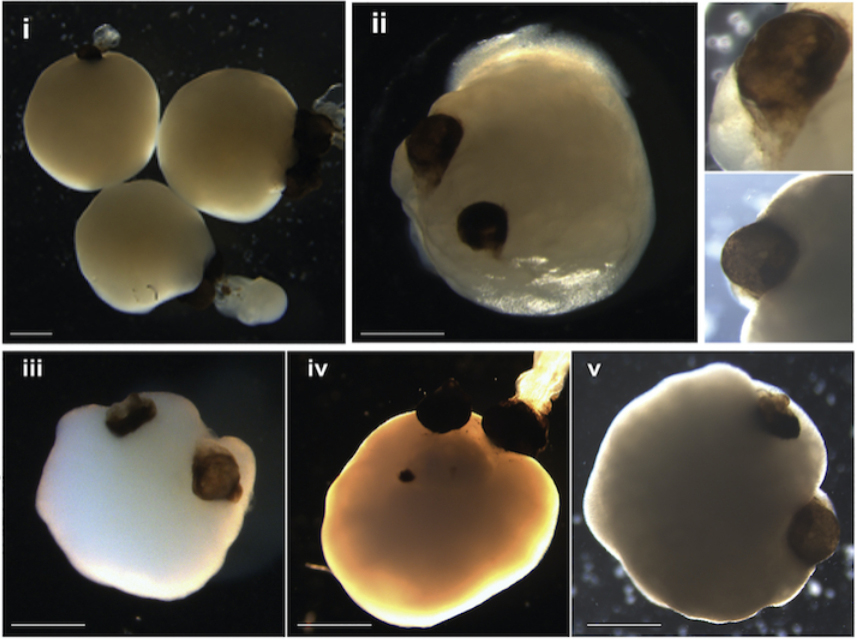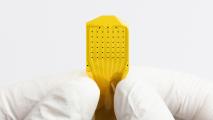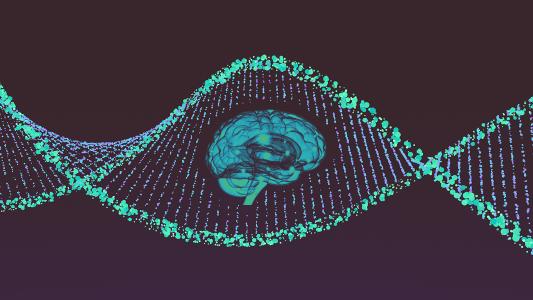A German-led research team has grown mini brains with light-sensitive eye structures, and they believe it could lead to breakthrough treatments for vision disorders — potentially even retinas that could be transplanted into human patients.
Mini brains and more: The mini brains are technically “organoids,” lab-grown clumps of cells that mimic the function and structure of organs.
Organoids aren’t nearly as complex as their full-sized counterparts, but they’re useful for research — scientists can study organ development, monitor disease progression, and even test new treatments on them.
The eye structures usually developed in pairs at the front of the brain — right where you’d expect them.
What’s new: When human embryos are about five weeks old, they develop structures called “optic cups” that will eventually become retinas.
Researchers have grown optic cups in the lab before, and they’ve also grown mini brains. Now, researchers at University Hospital Düsseldorf have grown brain organoids with optic cups.
“These organoids can help to study brain-eye interactions during embryo development, model congenital retinal disorders, and generate patient-specific retinal cell types for personalized drug testing and transplantation therapies,” senior study author Jay Gopalakrishnan said in a press release.
How it works: The researchers had coaxed stem cells into becoming mini brains before, so for the new study, they just added a chemical linked to eye development to the organoids about 20 days into their growth.

Optic cups started developing about 10 days later — most often in pairs of two, side-by-side in the front part of the brain, where you’d expect eyes to be.
By day 50, the optic cups were fully visible structures that contained lens and corneal tissue and even responded to light — mirroring human eye development.
Looking ahead: Of the 314 mini brains grown during the study, 72% had the primitive eyes, suggesting that the method can be reproduced.
The researchers are now trying to get the optic cups to live longer, as that would make the brain organoids even more useful for studies into eye disease treatments, transplantable lab-grown retinas, and more.
We’d love to hear from you! If you have a comment about this article or if you have a tip for a future Freethink story, please email us at [email protected].





